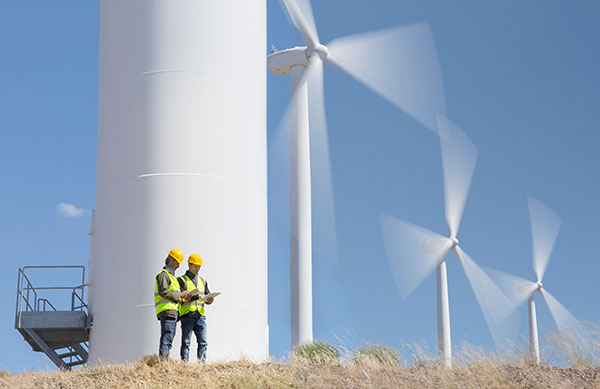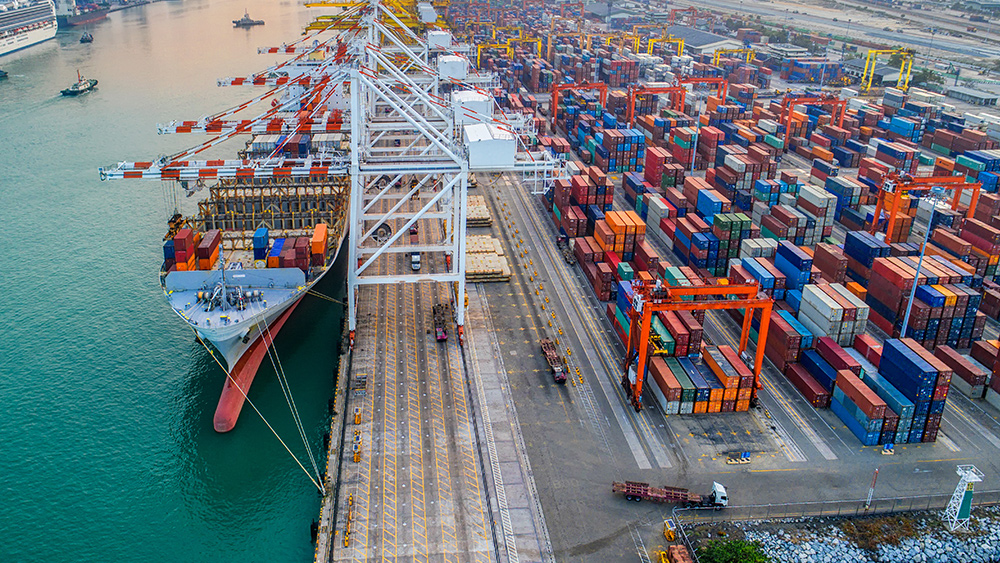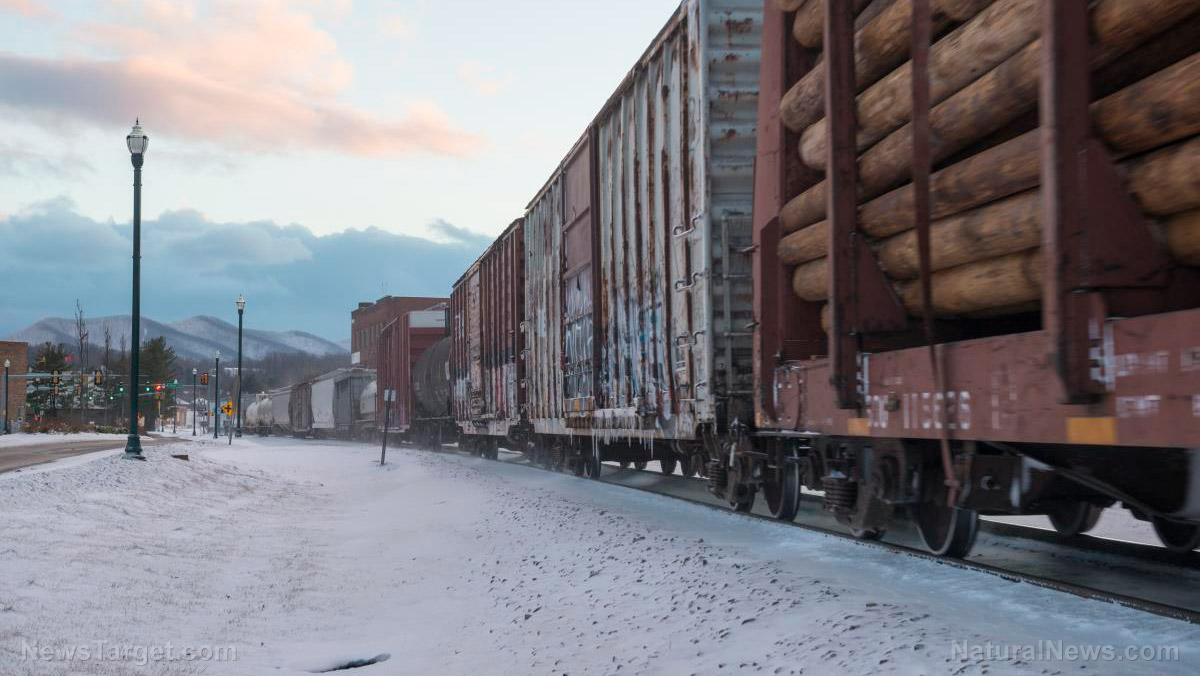Wind turbine manufacturers losing BILLIONS as orders decline despite turmoil in natural gas markets
11/16/2022 / By Olivia Cook

Over the past year, more than $58 billion has been wiped from the market value of wind turbine companies. Manufacturers, such as Denmark’s Vestas Wind Systems A/S, are seeing losses pile up as orders decline at a time when they should be capitalizing on the instability in natural gas markets.
“A lot of things that could have gone wrong have gone wrong,” said Sean McLoughlin HSBC’s head of industrial research.
S&P Global Market Intelligence reported that major U.S. and Europe turbine-makers saw a decline in new orders.
“The turbine-makers have mostly struggled to make profits in recent years and have [now] reached the stage where these losses are unacceptable to them,” said Shashi Barkam, principal analyst on global wind supply chain and technology at Wood Mackenzie.
Vestas CEO Henrick Andersen blamed the renewable industry’s insistence that clean electricity can only get cheaper.
In a London interview, he said: “It made some people make the wrong assumption that energy and electricity should become free. That was a mistake.”
Vestas had the most striking decline in new orders, with intake dropping 19.4 percent year over year to 13.9 GW.
The company’s 2.1 percent profit margin recorded in 2021 was down from 4.7 percent in 2020 – a far cry from the 12.4 percent it achieved in 2017 as the largest global turbine manufacturer.
Western wind turbine makers put profits over volume
Order decline was largely attributed to major Western wind turbine makers raising their prices in 2021 and putting “profits over volume.”
Confronted with numerous market difficulties, the companies’ new contracts included clauses for indexation and price escalation, while logistics were charged at a cost-plus basis rather than at a cost to account for supply chain bottlenecks and high freight rates due to pandemic lockdowns and exacerbated by the war in Ukraine.
Andersen said the company can “live with lower order intake” if that means its contracts are making money.
Looking forward, a study by the International Renewable Energy Agency (IRENA) shows that wind power could become the world’s foremost generation source – covering more than one-third of global power needs (35 percent). (Related: Wind turbines are about to be even BIGGER)
Coupled with increased electrification, accelerated wind power deployment could deliver one-quarter (or nearly 6.3 gigatons) of the annual carbon dioxide emission reductions needed by 2050.
A new analysis of the Global Wind Energy Council shows that the global wind industry could create new jobs and could employ up to 3.3 million jobs globally over the next five years.
WindEurope’s Realistic Expectations Scenario estimates onshore installations, which make up 76 percent of all new installations over the next five years, to peak in 2022 with 18.3 GW and will then decrease slightly to an average rate of 17.3 GW over the following years until 2026.
Onshore installations are expected to curve from 2023 to 2026 – growing strongly in Germany, Spain and the United Kingdom. But their growth will be counterbalanced by the decrease of installations in Sweden and Finland.
Visit Power.news for more stories related to renewable energy.
Watch this video about Scotland chopping down 14 million trees to make room for wind turbines.
This video is from the InfoWars channel at Brighteon.com.
More related stories:
Feds encouraged wind farming then fined wind farm for killing eagles.
Good vibrations: Quiet, bladeless wind turbine can generate power without harming wildlife.
Wind turbines making people sick with mysterious illnesses.
Are frozen wind turbines partially to blame for Texas blackouts?
Sources include:
Submit a correction >>
Tagged Under:
Bubble, clean electricity, Collapse, debt collapse, energy supply, green energy, Green New Deal, IRENA, low order, market crash, natural gas, power, renewable energy, renewable energy industry, risk, turbine efficiency, Vestas, wind power, Wind Turbines
This article may contain statements that reflect the opinion of the author
RECENT NEWS & ARTICLES
COPYRIGHT © 2017 RISK NEWS


















